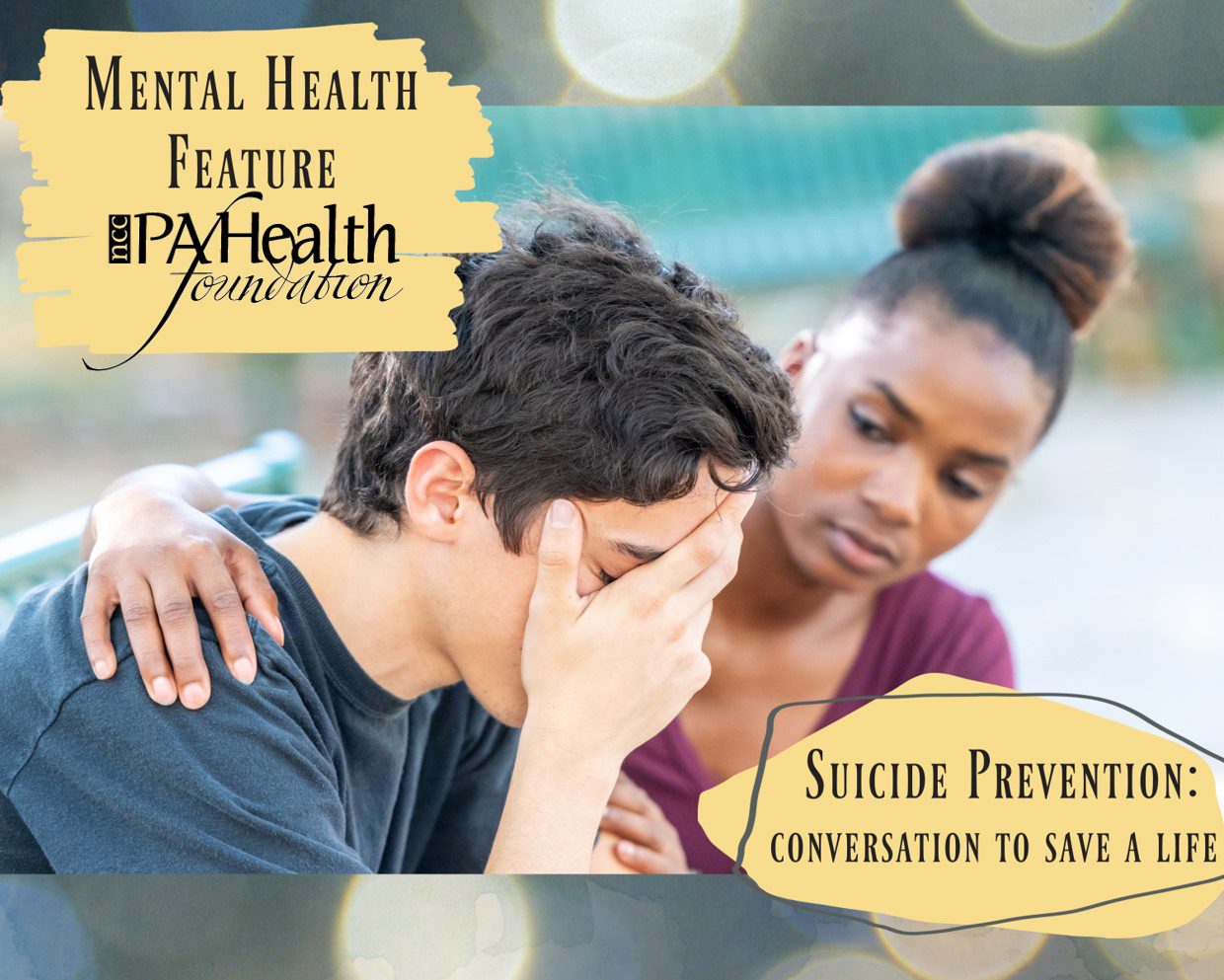Suicide Prevention: Conversation to Save a Life
1.4 million – that’s the estimated number of suicide attempts in 2017. As the 10th leading cause of death in the United States, there is drastic room for improvement in suicide prevention and in the mental healthcare system, and we must become proactive about having difficult conversations.
What can you do as a medical provider, colleague, friend, or family member? Knowledge and compassion are crucial when it comes to preventing suicide. Know the warning signs for risk of suicide and ACT – talk to those that you believe may be at risk. This can be an awkward conversation, but here are six easy steps from the American Foundation for Suicide Prevention:
- Talk to them in private.
- Listen to their story.
- Tell them you care about them.
- Ask directly if they are thinking about suicide.
- Encourage them to seek treatment or to contact their healthcare provider or therapist.
- Avoid debating the value of life, minimizing their problems, or giving advice.
Then, be prepared if they are contemplating suicide:
- Take them seriously.
- Stay with them.
- Help them remove lethal means.
- Call the National Suicide Prevention Lifeline 1-800-273-8255 or 988.
- Escort them to mental health services or an emergency room.
Suicide prevention doesn’t have to be hard. As family members, friends, colleagues, and healthcare providers, we need to start conquering these difficult conversations, being honest, and looking out for others. Having this conversation just once can change someone’s life forever.

Resources:
- National Suicide Prevention Lifeline: 1-800-273-8255 or 988.
- Or, text TALK to 741741 to text with a trained crisis counselor form the Crisis Text Line for free, 24/7”
- SAMHSA’s suicide prevention resources, including screening and assessment tools as well as population-specific toolkits, help identify persons at risk for suicide and offer resources to help.
- The American Foundation for Suicide Prevention raises awareness, funds science-based research, and assists those affected by suicide.
References:
- American Foundation for Suicide Prevention: https://afsp.org/find-support/when-someone-is-at-risk/

